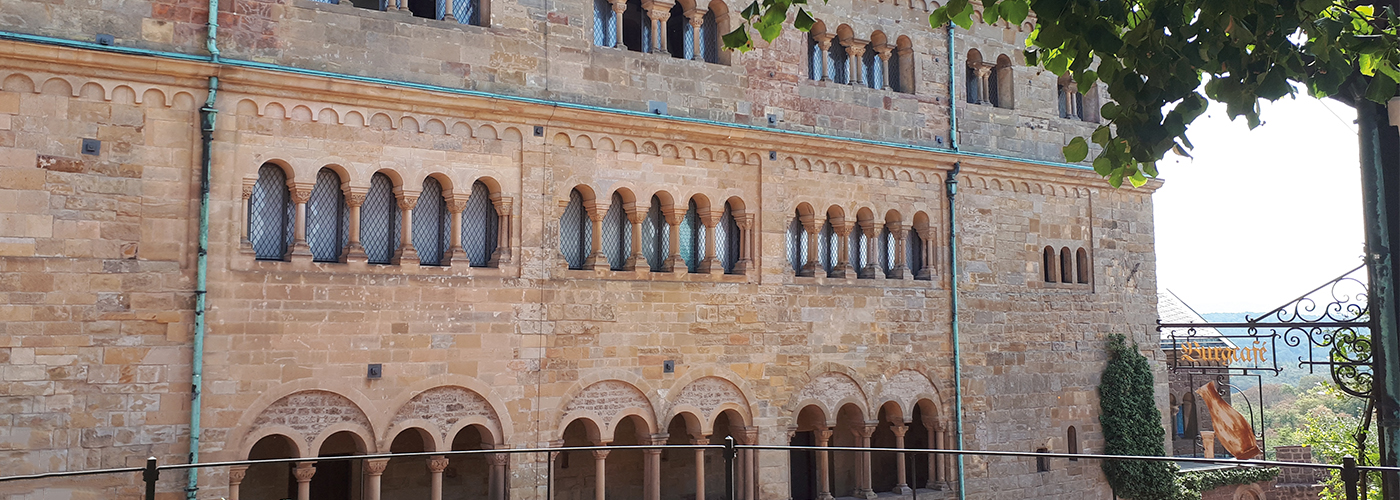Renovation | Wartburg & Wartburg Hotel Eisenach
The famous Wartburg Castle has been restored to its former beauty. The defence wall, gatehouse, Wartburg Hotel, keep, knight's bath and the representative building "Palas" - in the course of the ten years of work, more than just one section of the historic castle received attention. The successful restoration is not least due to the individually formulated maxit wart-max. Today, the Wartburg in Eisenach undoubtedly more than lives up to its historical significance and its status as a UNESCO World Heritage Site.
Wartburg Castle in Eisenach - UNESCO World Heritage Site and significant "bulwark" in the midst of 1,000 years of German history. It is not only associated with important historical events, but also and especially with famous personalities such as Martin Luther, St. Elisabeth, Walther von der Vogelweide or J.W. von Goethe.
Wartburg Castle rises high above the city of Eisenach and is a visitor magnet in Thuringia. It is a typical sectional castle whose components have been repaired in sections over the last ten years. The aim was to adapt it to modern requirements without losing sight of the context of monument preservation and the preservation of the building fabric. The refurbishment proved to be particularly challenging in terms of site logistics and construction progress. The reasons for this were the spatial location of the castle on a rocky ridge, narrow access roads and limited parking possibilities, while at the same time tourist operations continued.
In the area of the natural stone - called "Wartburg conglomerate" - of the defence wall and the hotel, large-scale investigations were carried out before the renovation. Based on the results of the investigation, a formula mortar was subsequently developed together with the MFPA Weimar and the architectural office Scheidemann in Friedrichroda, which corresponded to the natural stone and the special requirements of the object. Due to the existing conditions and using the adapted maxit wart-max grout, deep grouting was carried out using the dry spray method. In addition to the renovation of deep joints, masonry replacement was necessary in many areas.
An essential point for the successful repair of the many running metres of old masonry was not only the adjustment of the material-technical parameters of the mortar, but also ensuring the flank adhesion between mortar and natural stone. This was achieved with the help of a specially developed acrylate dispersion (WBC), which was added to the material in small quantities.
